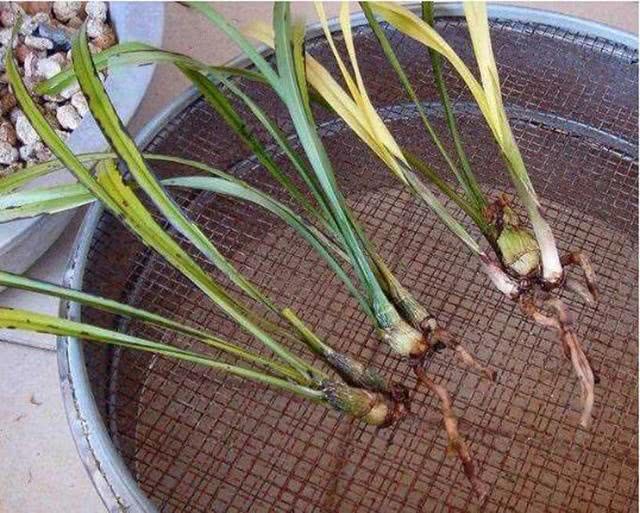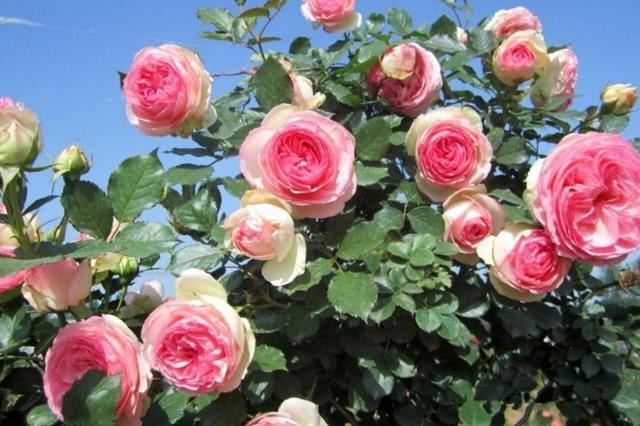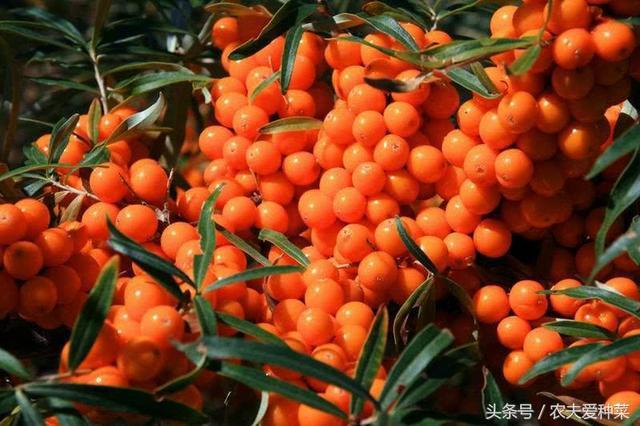Culture methods of rootless and few-rooted orchids

Rootless orchid plants or few-root orchid plants are generally watered improperly, the plants in the basin are airtight, easy to stagnant water, or excessive fertilizer concentration, each of the former factors can make orchid plants rotten root, empty root phenomenon, rootless and few root orchid grass due to serious root damage, the root access to nutrition is very poor or has lost the function of nutrition acquisition. Will rely entirely on the false bulbs at the bottom or around the false bulbs and the surrounding old seedlings to provide nutrients. If effective methods are not taken in time, they will soon be destroyed. Today, I will explain to you the culture methods of rootless and rootless orchids.
First, when finding rootless orchid plants and few root orchid plants, they should first clean up the focus, remove the bad leaves and cut off the rotten roots, then soak the whole orchid plant with fungicide for about 20 minutes, and the plant materials and potted utensils should also be sterilized, preferably by cooking, which can kill germs and insect pests, lay a good foundation for later planting and reduce the occurrence of diseases and insect pests. Methyl topiramate and so on.
Second, there are two ways to save the rootless orchid plant. It is worth noting that it is impossible to survive 100% and can only be saved as much as possible. The first method is to directly cut off all the leaves from the upper part of the false bulb. Then cover the bud or root with wet plant material. The plant material must choose clean plant material to cover, generally use sand, peat, pine chestnut king, gold stone, snake charcoal to cover the old man. The old man here refers to the false bulb, because the rootless generally appears on the false bulb of the old seedling, and later it is generally referred to as covering the old man in the circle. the second way is to cut the leaves from 10-15 cm above the pseudobulbs, so that the leaves can also carry out photosynthesis, and it can also help us to use foliar fertilizer later, not only because the leaves are too long to increase water consumption, clean and hygienic after cutting, and good moisturizing. Drain water quickly on the normal plant material on the basin, you can use pine chestnut king and small particles of gold plant at 1:1 for planting, plant must cover the false bulb, thickness of 2-3cm, the above two methods to cut off the leaves of the wound should also be sterilized and disinfected, it is best to use a fungicide film in one, both disinfection can also be sealed. The planting method of less-rooted orchid is the same as the second method of rootless orchid planting, which goes into daily management after potting.
Third, rootless and few-rooted orchid plants are relatively simple to water. Because there is no root or less roots and plant materials are breathable, there is generally no root rot problem without fertilization, and the water in the basin soil can be relatively wet. Grass moss can also be covered to ensure the wetting of false bulbs, foliar spraying should be used appropriately, and attention should be paid to timely fan drying when the water enters the leaf center. In order to prevent excessive evaporation of water, the light intensity should be a little lower. We must not let the sun shine directly.
4. Scientific fertilization management is the key to raising rootless and rootless orchids. For rootless and rootless orchids, foliar fertilizer can be sprayed every three days after potting, and the concentration must be very low. As rootless and rootless orchids do not have a good function of absorbing nutrients from the pot soil, foliar topdressing is the best and only way to spray both the positive and negative sides of the leaves on a windless cloudy day. The stomata on the back of the leaves are large and absorb fertilizer more easily than the front of the leaves. After the beginning of spring (the temperature is above 12 degrees), properly bask in the sun to enhance photosynthesis, spray water and start fertilization as appropriate, continue to strengthen the nutrition of the mother plant and promote the formation and germination of young buds, after the young buds are unearthed, the quality and status of fertilization are the key issues that determine whether the seedlings can grow into seedlings, so they must attract high attention. As new roots have been extracted at this stage, foliar topdressing and root irrigation must be carried out at the same time. In order to ensure the continuity of nutrition, a little fertilizer should be added when watering. Because this stage is in the peak growth period, concentrated fertilizer should be applied, and the concentration should be in a safe range. Author: Mei Fei, founder of Orchid Bar Forum, Secretary of Orchid Association of Jingshan City, Hubei Province, online celebrities of orchid industry on major self-media platforms! I will publish orchid knowledge and pictures every day, take you in-depth understanding of orchids, teach you to easily raise orchids, you can always ask me or leave a message below if you don't understand orchids, if you like, you can follow me or collect or forward to help others!
- Prev

Does the rose appear black rot in summer? The reason and the solution are here.
Rose is known as the queen of flowers, it has a wide variety, a variety of flowers and colors, and a long flowering period, so more and more friends like breeding rose in recent years. But summer is the season when the rose is most prone to illness, and it will come out accidentally in the process of breeding.
- Next

This fruit vitamin C is 200 times that of grapes, planting can withstand-50℃ low temperature results super much
Hippophae rhamnoides fruits looked very delicious. When they matured, they were yellow and orange. The color was particularly beautiful, and the fruits were also very full. It is also recognized as one of the fruits with the highest vitamin C content. Vitamin C is a vitamin C supplement.
Related
- Wuhan Hospital Iron Tree Blooming Result Was Instantly Frightened by the Gardener Master
- Which variety of camellia is the most fragrant and best? Which one do you like best?
- What is the small blue coat, the breeding methods and matters needing attention of the succulent plant
- Dormancy time and maintenance management of succulent plants during dormancy
- Minas succulent how to raise, Minas succulent plant pictures
- What are the varieties of winter succulent plants
- How to raise succulent plants in twelve rolls? let's take a look at some experience of breeding twelve rolls.
- Attention should be paid to water control for succulent plants during dormant period (winter and summer)
- Watering experience of twelve rolls of succulent plants
- Techniques for fertilizing succulent plants. An article will let you know how to fertilize succulent plants.

